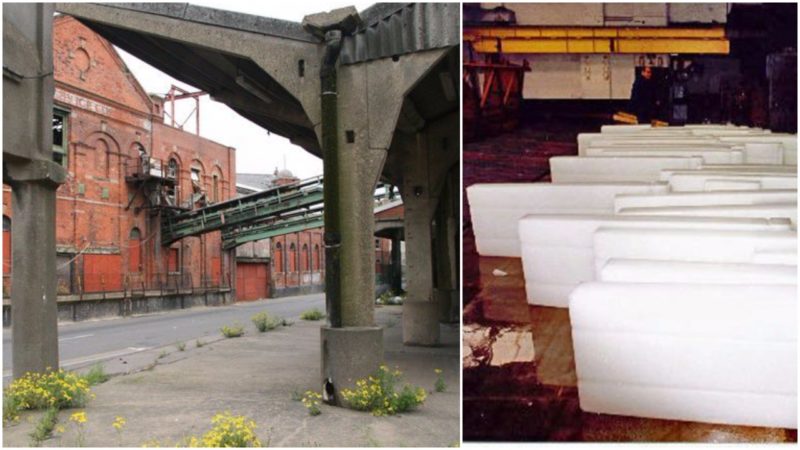The Purpose
The large town and seaport named Grimsby had nothing to worry about when it came to ice, for this town was home to The Grimsby Ice Factory. It was built during 1898 and 1901, with the sole purpose of providing the port of Grimsby with ice to help preserve the fresh fish.
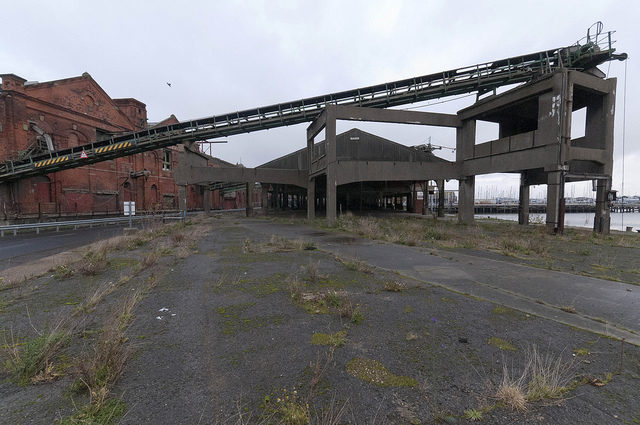
The factory was good at what it did, and as a matter of fact, it was so good that it managed to produce around 1,200 tonnes of ice on a daily basis. With its 4,350 square meters in size, it was easily considered the largest ice factory in the world.
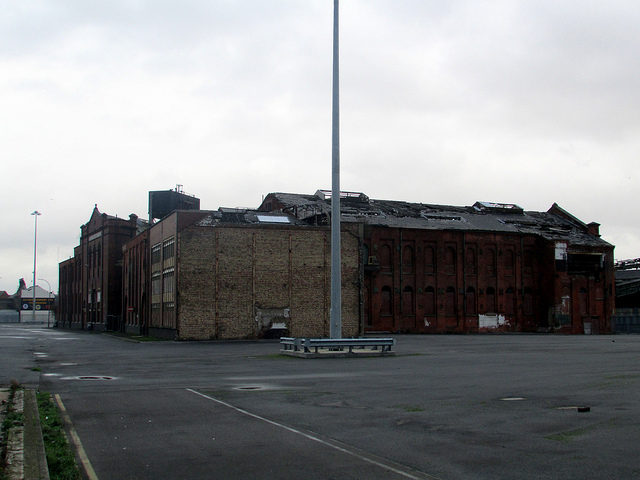
The Process
The process of producing such extensive amounts of ice was possible thanks to the four Pontifex ammonia compressors that were powered by steam that came from the Lancashire boilers. The ice production in Grimsby Ice Factory increased in 1933, following the replacement of the old power steam source with the benefits of the 20th century – the electrical generator.
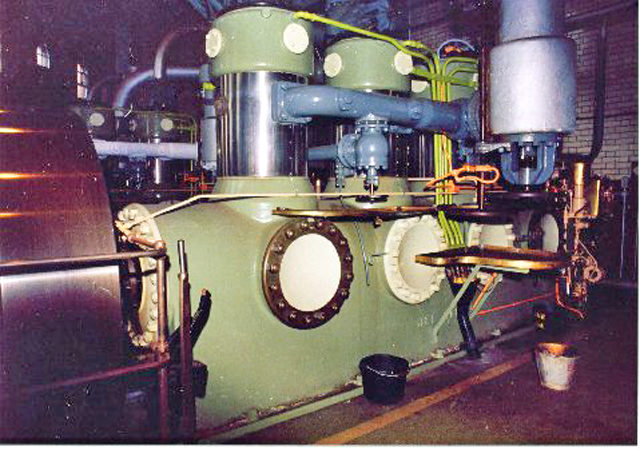
Later, the old Linde ammonia compressors were replaced with four new electrical J & E Hall four-cylinder vertical-valve ammonia compressors. This same piece of equipment remains today in this now abandoned factory and is completely exposed to the natural elements that pose a threat to the preservation of the only surviving example of this machinery.
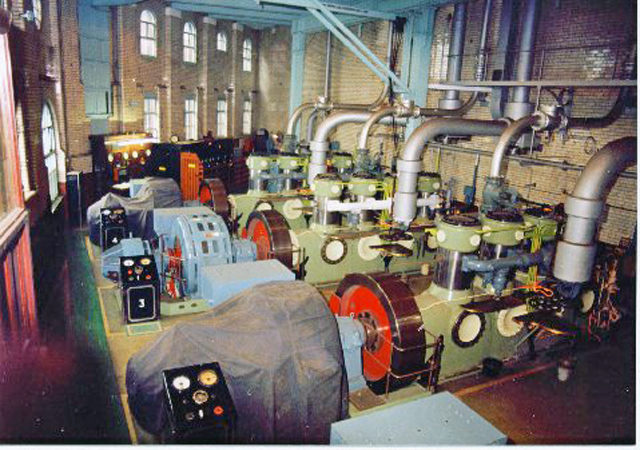
Grimsby Ice Factory used a system of metal cans that were filled with water. Next, they were lowered into a tank that was filled with a calcium chloride brine solution; then, this chloride brine solution was cooled using coils filled with liquid ammonia refrigerant found within the tanks.
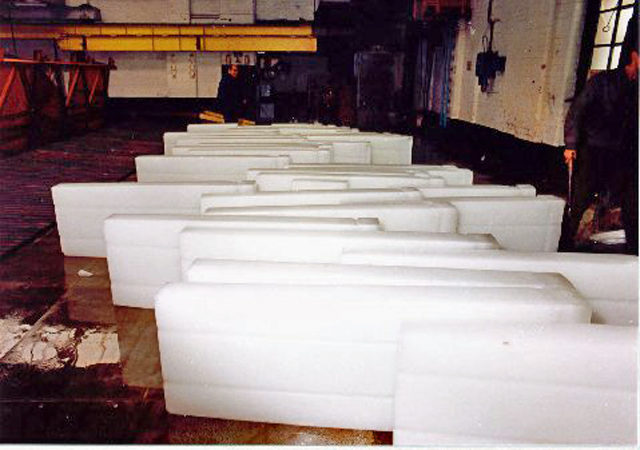
Once the ice was formed inside the cans, they were placed in the thawing tank. This allowed for the ice to separate from the can and float to the top. The next step in this whole process was to crush the ice and finally to deliver it to trawlers at Grimsby’s seaport.
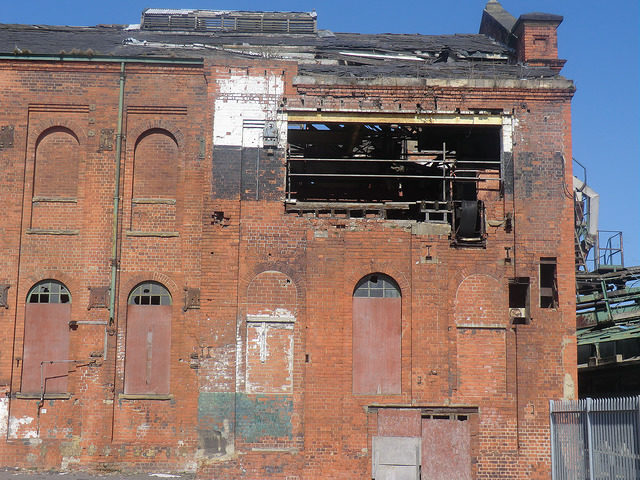
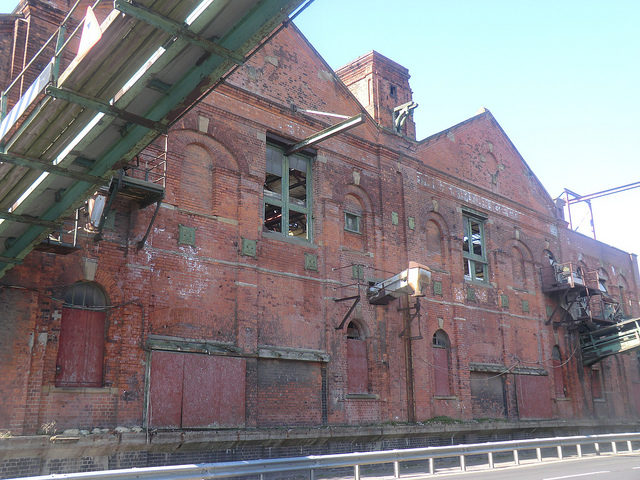
Grimsby Ice Factory Today
Grimsby’s fishing heritage owes a great debt to the Grimsby Ice Factory. The building itself is a Grade 2 listed building and it is owned by Associated British Ports. The machinery used here is among the largest in the world as told by history, indeed making this the busiest fishing port in the world.
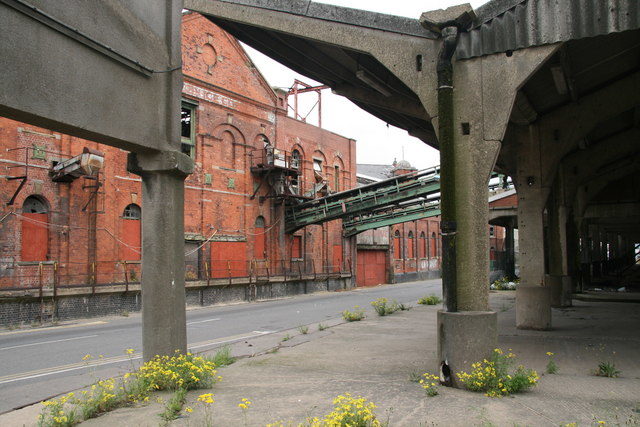
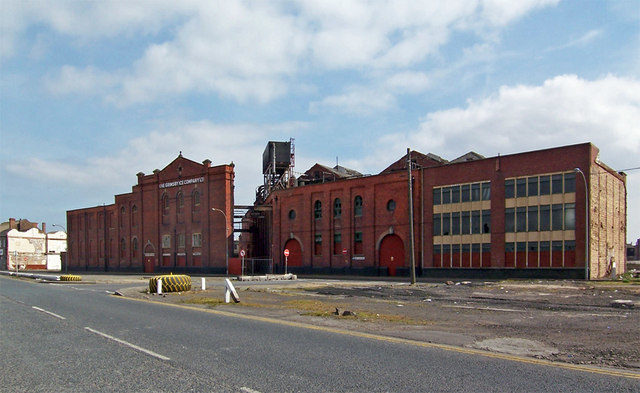
Today, the building is deteriorating and there is the possibility that structure might completely crumble. Ashamed of this abandoned building, Grimsby’s residents suggested it be covered to hide it from view during the World Seafood Congress, fearing that the abandoned building might defame the town’s image.
